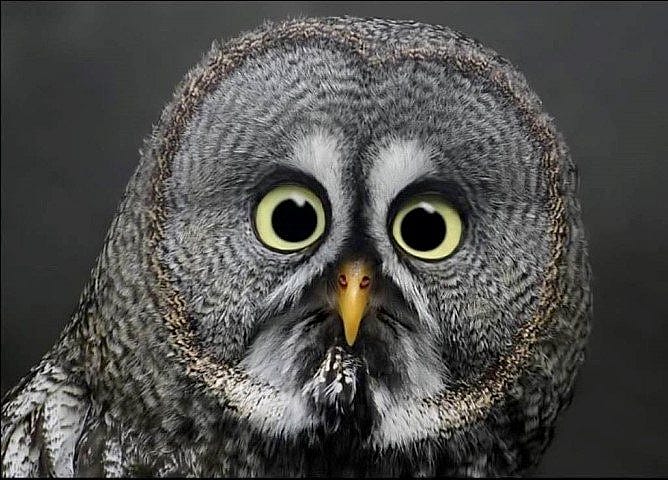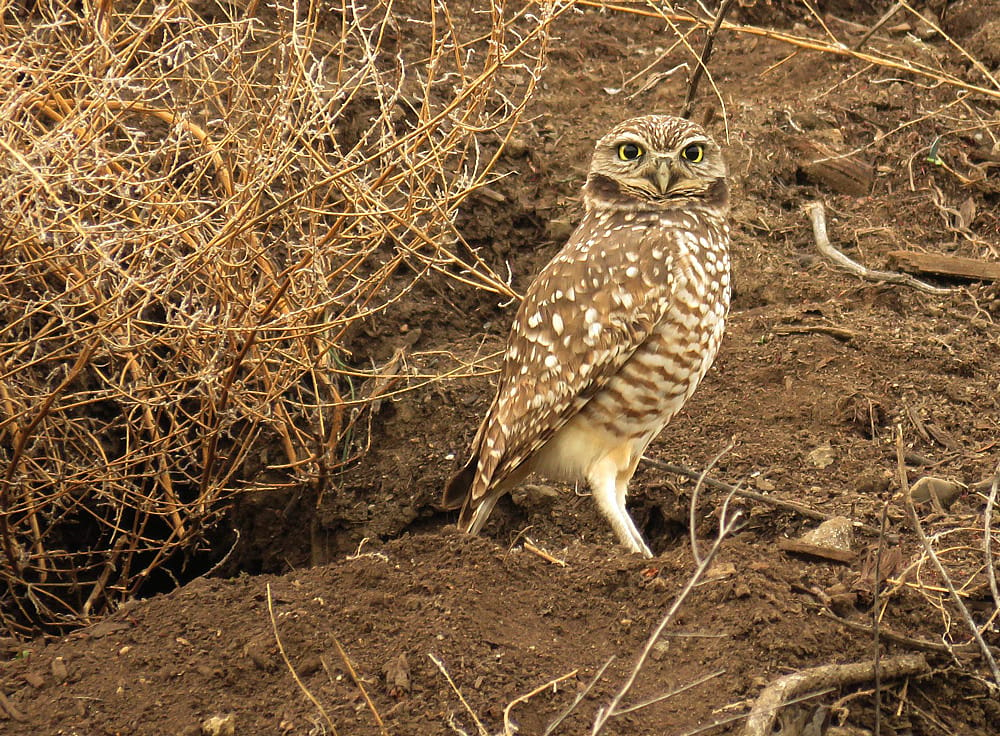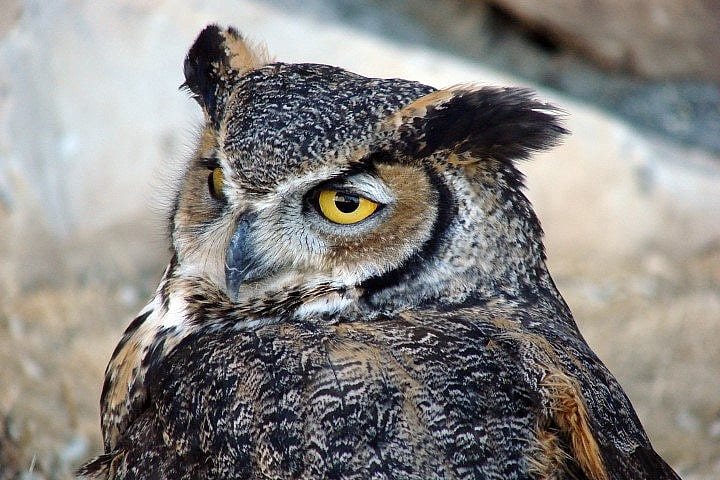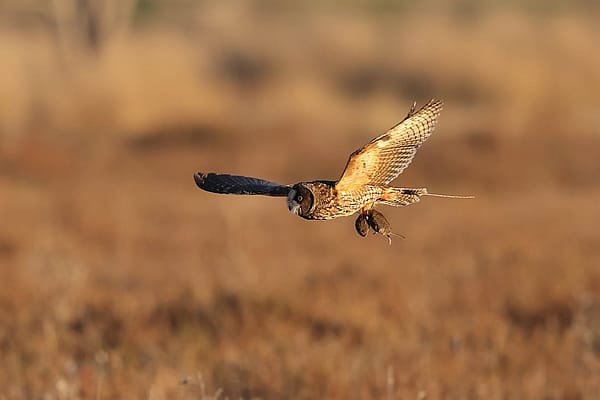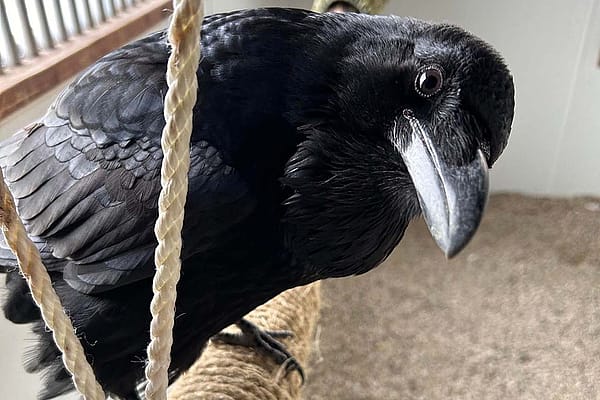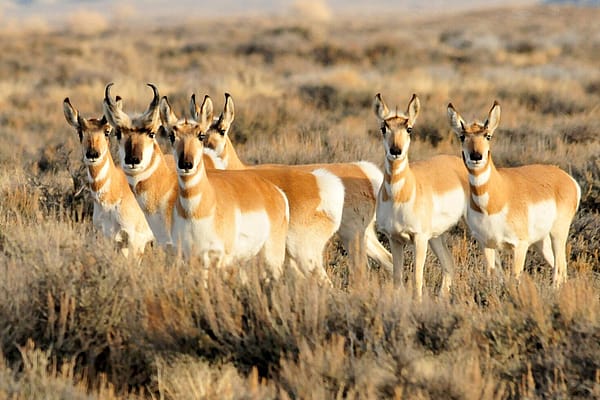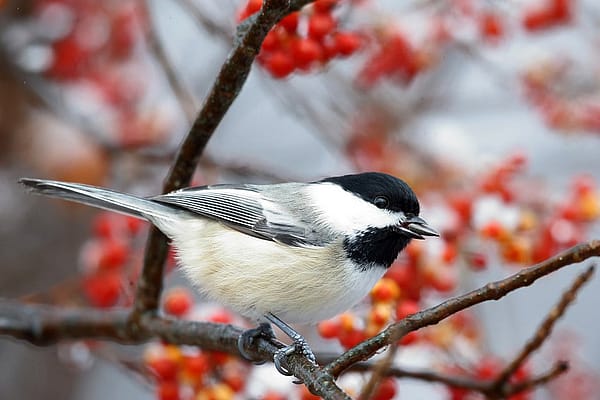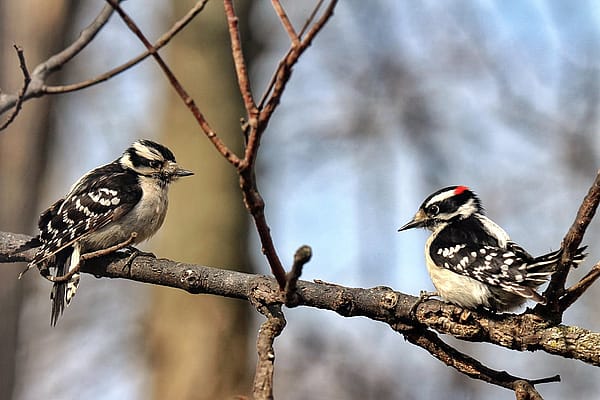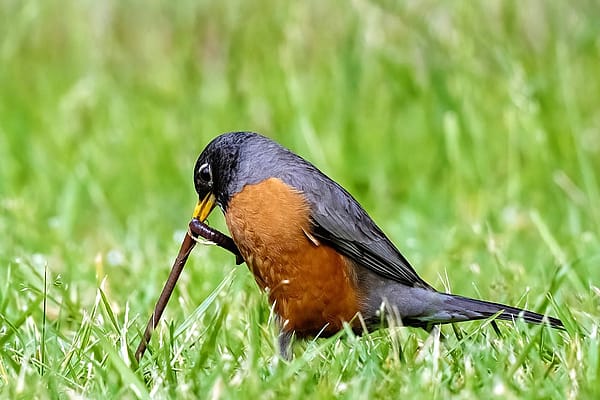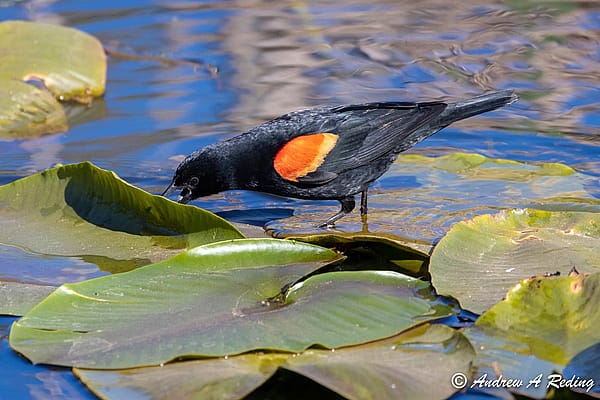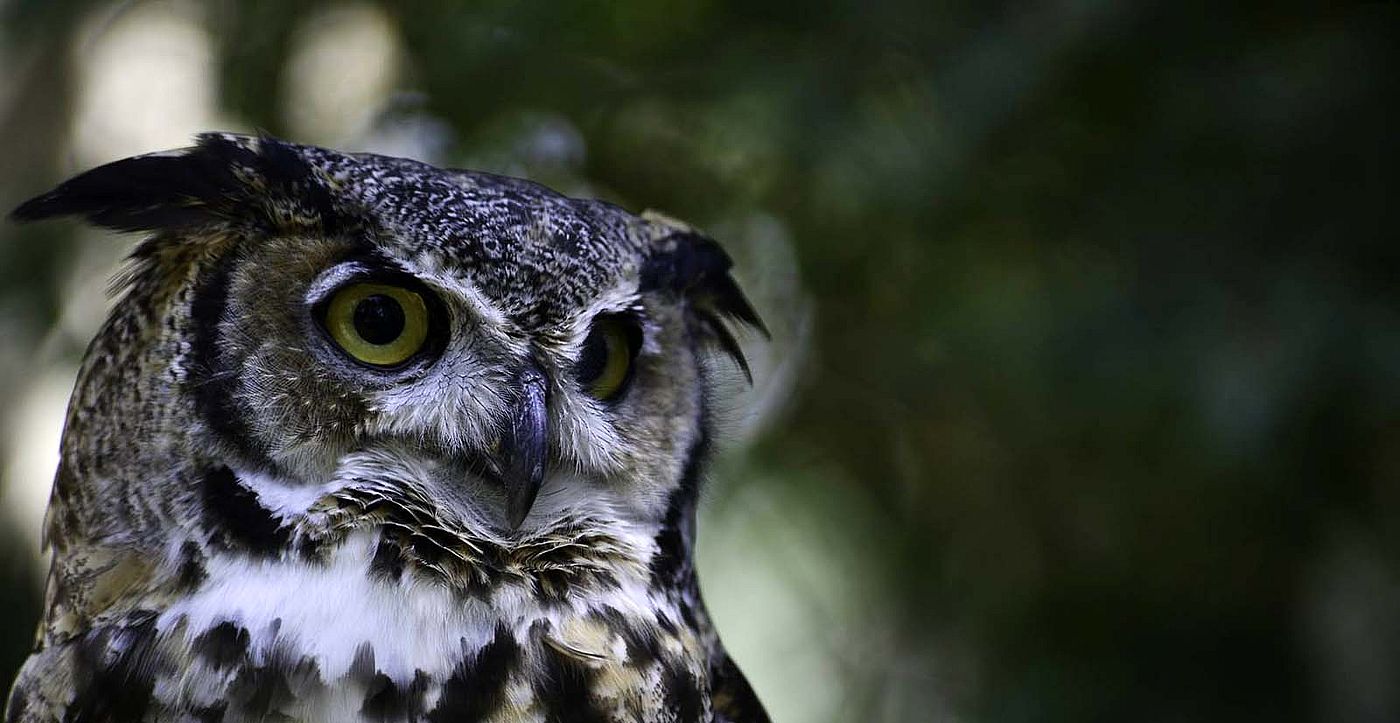
The Amazing Owls
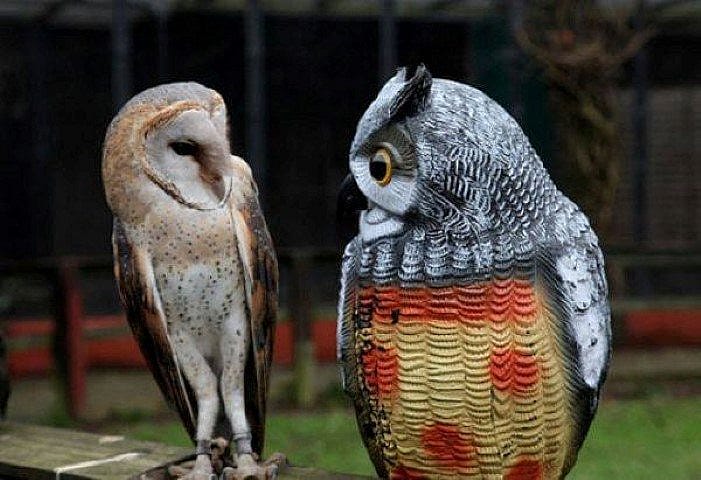
The Order of owls (Strigiformes) is a well loved group of birds. In fact, it is the owls that we humans have tagged as wise. Why is that? The main theory is that, unlike other birds, owl’s eyes are on the front of their faces. Their faces are also more rounded, giving them a somewhat human-like look. We humans have therefore decided that owls are wise. In reality, owls are no wiser than any other bird. They are, however, quite fascinating. In this blog I will list 14 interesting facts about various types of owls.
1) The Great Gray Owl is diurnal, meaning it is most active in the daytime. About 1/3 of all owls are diurnal.
2) Great Gray Owls are known to punch through snow up to 1-1/2 ft. deep, even plunging in head first to catch rodents burrowing below.
3) Burrowing Owls collect items such as bones, manure, and dried skin to arrange around their burrow’s entrance. Manure attracts dung beetles which are a favorite food of the owls.
4) Burrowing Owls, especially the young inside the burrows, can vocalize a sound that is very similar to a rattlesnake. This may scare away some predators. Listen to this sound clip to hear this rattlesnake-like hiss.
http://birdnote.org/show/burrowing-owls-hiss-rattlesnake
5) Burrowing Owls live underground in burrows, but rarely dig their own. They prefer instead to move into a burrow made by other animals such as prairie dogs. An exception to this is in Florida and the Caribbean where they sometimes cannot find needed holes. Here they have been documented using their beak and feet to dig their own burrows in the sandy soil.
6) Although 1/3 of the owl species have long, ear-like feather tufts (plumicorns) on the tops of their heads, diurnal (day time) owls never do.
7) Barn owls have the most acute hearing of any animal studied.
8) Great Horned Owls will loudly snap their beaks in defensive warnings. The owl chicks, although still having their eyes closed, begin snapping their beaks at 6 days old.
9) Barred Owls may chase prey on foot. They will also wade in shallow water to catch fish.
10) The Northern Saw-Whet Owl will cache (hide & store) uneaten prey. In the winter, if they find the prey is frozen when they return to feed on it they will thaw the prey by laying down on it the same way they incubate eggs.
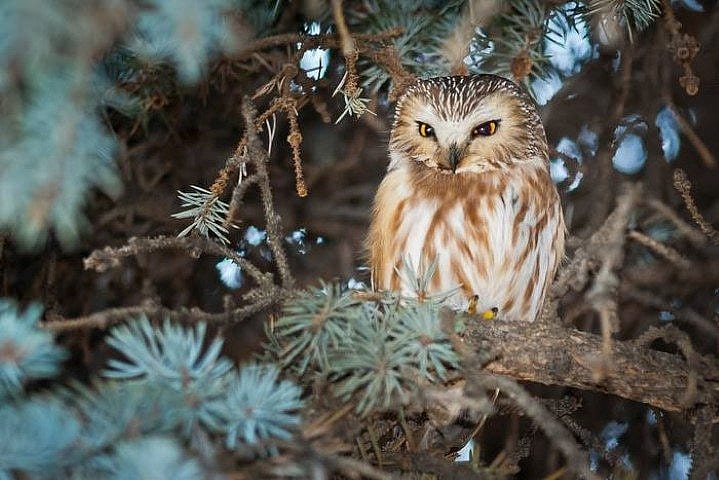
11) Long-eared Owls use an elaborate tactic to distract intruders at their nest site. They will fly right at the intruder, then crash to the ground below the nest. Then they begin dragging their bodies along the ground with movements imitating an injured bird. Then when the intruder is well distracted, they simply fly off.
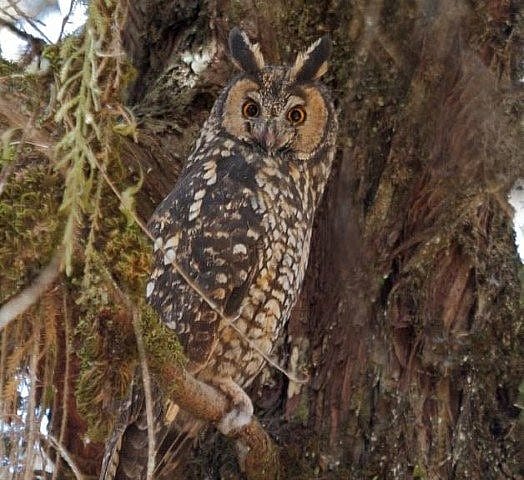
12) The Elf Owl is the smallest owl in the world. This tiny owl is about 5” tall, which is about the size of a sparrow. Their wingspan is 9 inches, and it only weights 1 to 1.5 ounces.
13) The Elf Owl eats insects and spiders, even eating scorpions, but not until they have removed the dangerous stinger.
14) The male Shorted-eared Owl’s courtship flight includes audible wing clapping beneath his body.
Photo Credits:
Great Gray Owl downloaded with permission from The Peregrine Fund’s Facebook Page.
Burrowing Owl © Kenneth Hahn Park, Attribution-NonCommercial-ShareAlike 2.0 Generic Deed
Teasdale, The Draper Museum’s Great Horned Owl, Courtesy of Anne Hay
Saw-whet Owl © Kathleen Bowman, downloaded with permission from The Peregrine Fund’s Facebook Page.
Long Eared Owl downloaded with permission from The Peregrine Fund’s Facebook Page.
Written By
Anne Hay
Anne Hay has a Bachelor's degree in Elementary Education and a Master's in Computers in Education. She spent most of her working years teaching third grade at Livingston School in Cody, Wyoming. After retiring she began doing a variety of volunteer work for the Buffalo Bill Center of the West’s Draper Natural History Museum. Anne loves nature and has a concern for the environment. She believes that educating the public, so that they will have a better understanding and appreciation for the natural world, is very important. Because of this belief, volunteering at the Center is a perfect fit. She spends time in the Draper Lab, observing eagle nests for Dr. Charles Preston’s long-term research project on nesting golden eagles, writing observation reports of raptor sightings in the Bighorn Basin, and working with the Draper Museum Raptor Experience. Anne states that, “Having a bird on my glove, is one of my all time favorite things in life.”
